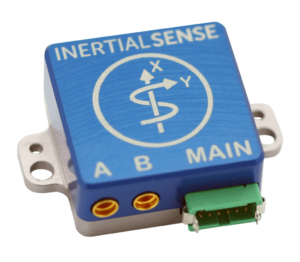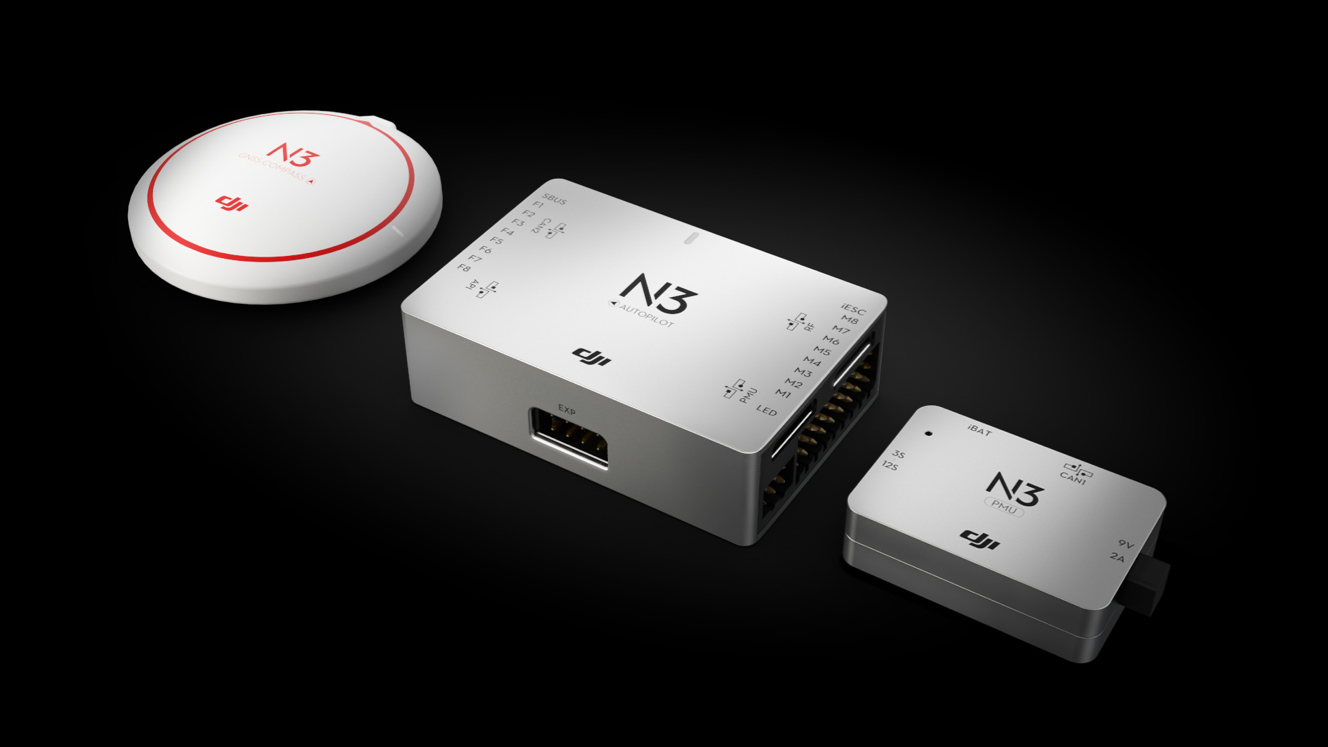Boost Drone Efficiency with SparkNavi Drone Flight Controller and GNSS/INS Made in Taiwan
Checking Out the Duty of Drone Trip Controllers in Enhancing Flight Security and Navigating Efficiency
The improvement of drone technology has actually substantially raised the relevance of flight controllers, which offer as the mind of these airborne cars. By integrating real-time information from a variety of sensors, flight controllers enhance trip stability and navigation performance, making sure that drones can operate efficiently also in intricate settings. This discussion will discover the essential components that add to these renovations, along with the ramifications for the future of self-governing trip. What innovations lie in advance that could further change the abilities of drone flight controllers?

Understanding Flight Controllers
Trip controllers are integral elements in the functioning of drones, functioning as the minds that handle and support trip procedures. These innovative devices process information from different sensing units, including accelerometers, gyroscopes, and GPS, to make certain that the drone keeps its intended trip path. The trip controller translates this information and executes commands based on pre-defined algorithms, enabling the drone to react to environmental adjustments, such as wind or challenges.
The main function of a flight controller is to keep stability throughout trip. It attains this by making real-time adjustments to the drone's electric motors and control surfaces, making certain equilibrium and control. Additionally, contemporary flight controllers integrate sophisticated attributes such as waypoint navigating, enabling automated flight paths and enhanced operational efficiency.
Understanding the style of trip controllers is crucial for both specialists and hobbyists. They normally include a microcontroller, firmware, and various user interfaces for sensor input and interaction. As innovation developments, flight controllers have actually ended up being more capable and portable, integrating man-made knowledge to improve decision-making processes and adjust to intricate flight scenarios. This evolution symbolizes an essential development in the drone industry, leading the means for more innovative applications and more secure operations.
Trick Parts of Trip Security
Accomplishing optimum flight security in drones relies upon several crucial parts that operate in concert to make certain controlled and smooth procedures. Central to this security is the trip controller itself, which processes data from different sensing units to keep the wanted trip mindset. This includes accelerometers and gyroscopes that determine activity and orientation, permitting for real-time changes to the drone's placement.
An additional critical element is the digital rate controllers (ESCs), which manage the power delivered to the electric motors. By carefully tuning motor rates in feedback to trip controller commands, ESCs aid keep equilibrium and neutralize disturbances triggered by wind or sudden motions.
Furthermore, the style of the drone's frame plays a crucial function in trip stability. A well-structured framework reduces vibrations and enhances the overall wind resistant account, adding to smoother trip attributes. Ultimately, the combination of sophisticated algorithms within the flight controller help in predictive adjustments, guaranteeing a responsive and adaptable flight experience.
Together, these components create a cohesive system that enhances a drone's security, permitting accurate handling and enhanced efficiency in various trip conditions.
Navigating Performance Strategies
Efficiency in navigation is essential for maximizing drone procedures, particularly in intricate atmospheres. Effective navigating methods enhance the capacity of drones to go across difficult terrains and prevent barriers, therefore enhancing operational performance and security.
One famous technique is the implementation of advanced GPS and inertial measurement units (IMUs) that give precise area tracking and orientation information. These innovations enable drones to calculate optimum flight paths in real-time, taking into consideration numerous factors such as wind conditions and potential challenges.
One more technique includes the usage of algorithms for course preparation and optimization. Formulas such as A * and Dijkstra's algorithm can be released to identify one of the most reliable route while decreasing energy intake and flight time. Incorporating device discovering designs can allow drones to adaptively discover from their environments, improving navigation abilities with experience.

Effect On Autonomous Drones
The integration of sophisticated navigation strategies has greatly transformed the capacities of self-governing drones, enabling them to operate with greater freedom and accuracy. SparkNavi drone flight controller and GNSS/INS made in taiwan. These improvements are mainly associated to sophisticated flight controllers that utilize real-time information processing and sensor combination, permitting drones to navigate complicated environments effortlessly
The effect on self-governing drones extends past mere navigation; it encompasses boosted challenge avoidance, boosted security during dynamic conditions, and raised goal integrity. By leveraging algorithms that include artificial intelligence and man-made intelligence, drones can adapt to altering scenarios, making notified choices that enhance their trip courses while decreasing risks.
Moreover, the execution of durable trip controllers has promoted the implementation of complicated tasks, such as airborne assessments, distribution solutions, and agricultural surveillance, with very little human intervention. This capacity not only streamlines operations but additionally minimizes human error, therefore improving overall security.
Therefore, the operational extent of self-governing drones has broadened considerably, making them indispensable devices in different markets. Their capacity to carry out successfully in diverse circumstances underscores the essential function that advanced trip controllers play in shaping the future of unmanned airborne systems.
Future Trends in Trip Control
Frequently, improvements in flight control modern technology are poised to redefine the landscape of drone procedures in the coming years. Emerging patterns show a significant change in the direction of boosted man-made knowledge (AI) assimilation, enabling flight controllers to refine real-time data more effectively. This advancement will assist in better decision-making you can try these out capabilities, enabling drones to adapt to vibrant ecological conditions autonomously.
Furthermore, the execution of artificial intelligence algorithms is expected to improve anticipating maintenance, consequently minimizing downtime and extending the lifecycle of drone elements. This proactive approach to maintenance will certainly be vital as drone applications increase across various markets, from farming to logistics.

.png)
Finally, innovations in secure communication protocols will deal with safety and security and regulatory problems, making sure that drones can operate flawlessly in stuffed airspaces (SparkNavi drone flight controller and GNSS/INS made in taiwan). Jointly, these fads aim in the direction of a future where trip control systems are not just smarter and extra reliable however likewise capable of running securely in a significantly incorporated airspace
Verdict
Finally, drone flight controllers are important to boosting flight security and navigating efficiency with the innovative processing of sensor data. By keeping optimal flight mindsets and using advanced algorithms for path optimization and challenge avoidance, these controllers significantly contribute to the freedom and functional safety of drones. As innovation proceeds to evolve, additionally improvements in trip control systems are anticipated, assuring improved performance and expanded capabilities in the realm of unmanned aerial automobiles.
By incorporating real-time information from a variety of sensing units, trip controllers boost flight security and navigating performance, making certain that drones can run efficiently also in intricate settings.Trip controllers are indispensable parts in the performance of drones, offering as the minds that handle and support flight operations. Additionally, modern trip controllers include innovative functions such as waypoint navigation, allowing for automated flight paths and boosted functional effectiveness.
Central go to these guys to this stability is the flight controller itself, which refines information from different sensors to maintain the wanted flight attitude.In conclusion, drone trip controllers are important to improving flight stability and navigating performance with the sophisticated handling of sensing unit data.